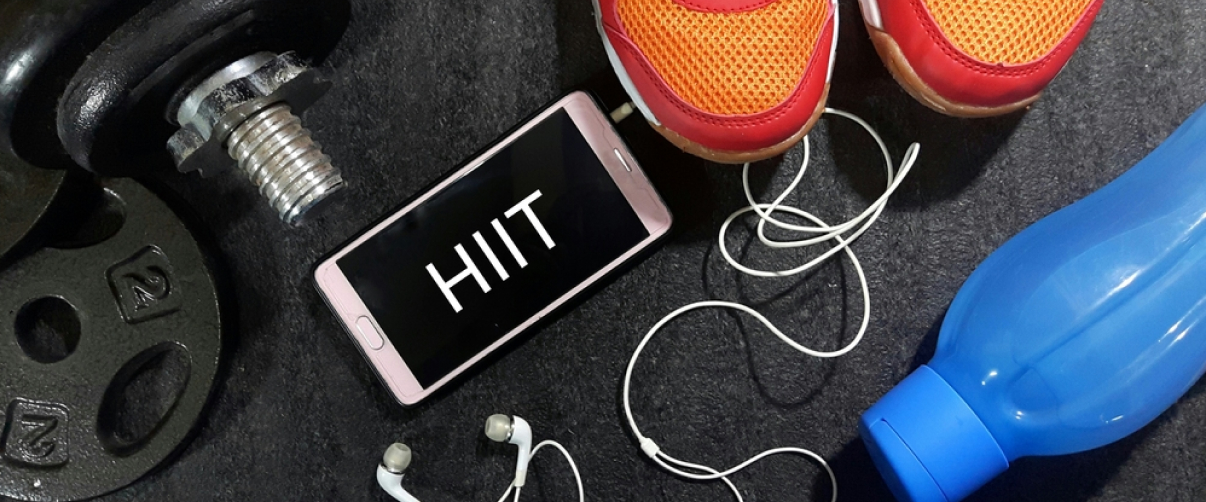In the ever-evolving world of fitness, one debate continues to heat up gyms and training studios worldwide: High-Intensity Interval Training (HIIT) versus steady-state cardio. Which method is more effective for burning fat? Let’s dive into the science and insights from experts to uncover the answer.
HIIT vs Steady-State Cardio: Which One Burns More Fat?

Understanding HIIT and Steady-State Cardio
High-Intensity Interval Training (HIIT) involves short bursts of intense exercise alternated with low-intensity recovery periods. This method pushes your heart rate to 80-95% of its maximum during the intense intervals. HIIT workouts are known for their efficiency and ability to improve cardiovascular fitness in less time.
On the other hand, steady-state cardio is performed at a consistent, moderate intensity, typically maintaining 50-70% of your maximum heart rate. Activities like jogging, cycling, or swimming at a steady pace fall into this category and are praised for building endurance.
The Fat-Burning Debate
When it comes to burning fat, both HIIT and steady-state cardio have their merits. HIIT workouts are renowned for their potential to burn calories not just during the workout but also after you’ve finished exercising, thanks to the phenomenon known as excess post-exercise oxygen consumption (EPOC). This “afterburn” effect can lead to more calories burned overall. However, HIIT can be uncomfortable and intense, making it unsuitable for beginners or those with certain health conditions.
Steady-state cardio, while not as intense, allows for longer workout durations, which can also result in significant calorie burn. It increases endurance and promotes fat utilization, making it a staple in many fitness routines.
Scientific Insights
A systematic review and meta-analysis conducted by sports researcher Brad Schoenfeld analyzed over 6,000 studies comparing HIIT and steady-state cardio. The findings indicated that there is no significant difference in fat loss between the two methods. Both HIIT and steady-state cardio resulted in minimal fat loss, suggesting that neither method is superior for burning fat.
Furthermore, the study highlighted that while HIIT is time-efficient, it can be challenging to sustain due to its intensity. Steady-state cardio, although more time-consuming, is accessible and easier to maintain over time.
The Role of Diet and Sustainability
One crucial point that emerges from the research is the paramount role of diet in fat loss. Exercise alone, whether HIIT or steady-state cardio, contributes minimally to fat burning compared to dietary changes. Moreover, the best exercise choice is one that you can consistently perform and enjoy.
For individuals with limited time, HIIT might be appealing due to its efficiency. However, for those who prefer a more relaxed pace or are new to exercise, steady-state cardio might be more appropriate.
Combining Both for Optimal Results
Experts suggest that a combination of both HIIT and steady-state cardio could be the most effective approach. Incorporating HIIT workouts one to two times a week can improve cardiovascular fitness and boost metabolism, while steady-state cardio can aid in building endurance and enhancing recovery.
For example, you might perform a HIIT workout on Mondays and Fridays, with steady-state sessions on Wednesdays and Saturdays. This blend allows for the benefits of both training methods while reducing the risk of injury and burnout associated with excessive high-intensity exercise.
Conclusion
So, which is better for burning fat: HIIT or steady-state cardio? The evidence suggests that neither has a significant advantage over the other in terms of fat loss. The most important factor is choosing a form of exercise that aligns with your fitness level, preferences, and lifestyle.
By selecting the method you enjoy most, you’re more likely to stay consistent, which is key to achieving and maintaining fat loss. Remember, coupling your exercise routine with a balanced diet will amplify your results and contribute to overall health and well-being.
References:











